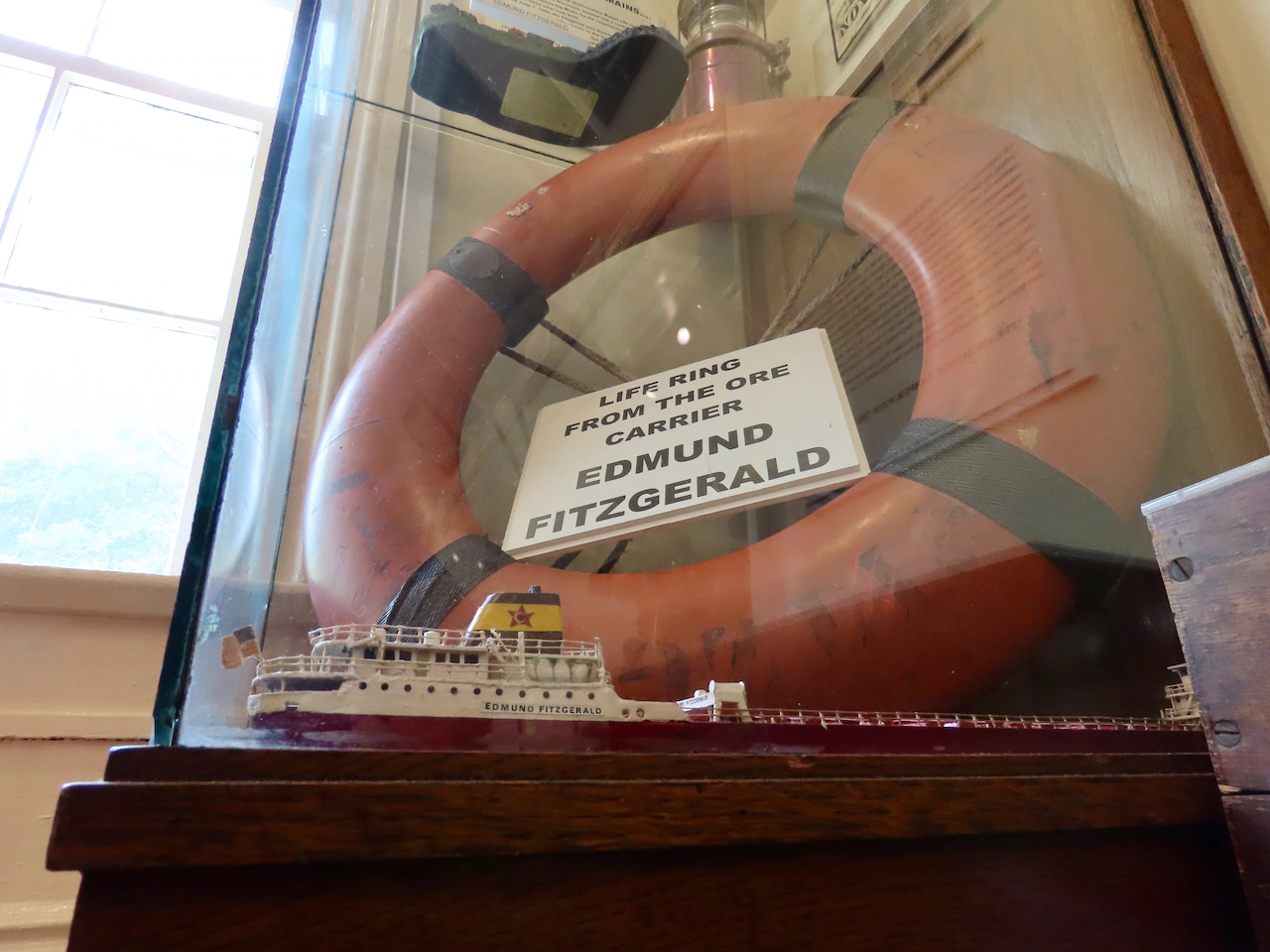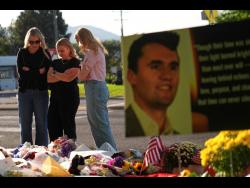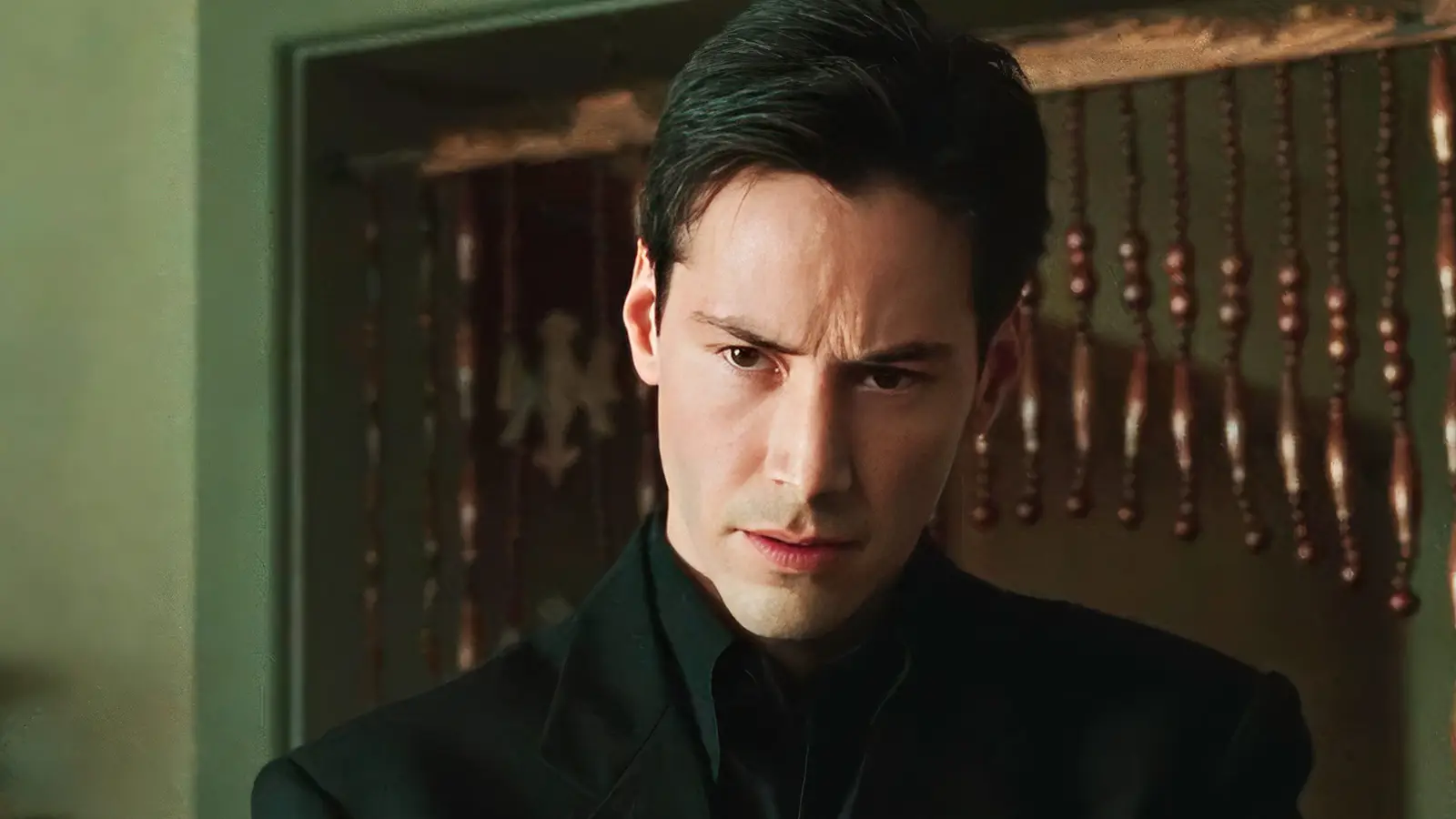
CLEVELAND, Ohio — On November 10, 1975, the SS Edmund Fitzgerald disappeared into the icy waters of Lake Superior with 29 men aboard — including crew from Northeast Ohio.
Nearly half a century later, the mystery still grips us. With “The Gales of November: The Untold Story of the Edmund Fitzgerald” (Liveright/W. W. Norton & Company), set for release Oct. 7, author John U. Bacon delivers what feels like the definitive account— part history, part investigation, part elegy.
Bacon is best known for his writing on sports and leadership, but in taking on the Fitz, the Michigander found a story with universal resonance.
“Before it went down, people don’t realize this, it was the most popular ship in the Great Lakes,” he told cleveland.com and The Plain Dealer in an interview. “Even after bigger ships came along, the Fitz was the one fans waited for at the Soo Locks and Port Huron.”
The Fitz’s celebrity status, paired with the mystery of its loss, has made it, as Bacon said, “probably the second most famous shipwreck in the world, after the Titanic.”
Stories by Peter Chakerian
AIR brings their legendary ‘Moon Safari’ to life at MGM Northfield Park
Cleveland’s best seafood: Nominate your favorite restaurant
CMA reveals ‘Martin Puryear: Nexus’ retrospective in April
Soccer Mommy at Globe Iron: A night of quiet confession and catharsis (photos)
Bacon will speak at the Cuyahoga County Public Library’s Bay Village Branch at 7 p.m. Monday, Oct. 6, at 7 p.m. He will discuss and sign his new book at the branch, 27400 Wolf Road, Bay Village.
The stories shared by the author are staggering and make up a hefty tome, one not easily summarized. The statistics Bacon unearthed are mind-bending, too:
Between 1875 and 1975, an estimated 6,000 ships were lost on the Great Lakes — an average of one a week. Organizations like the Great Lakes Shipwreck Museum suggest there may have been more, though no definitive number exists.
Truth is, the late 19th and early 20th centuries were a dangerous time for shipping on the lakes, with a myriad of wrecks occurring during this era.
Yet since the Fitzgerald’s sinking, there has not been a single major commercial shipwreck in 50 years.
The disaster, in a sense, closed the book on a century of regular maritime tragedies on one of the world’s largest freshwater resources.
The details Bacon brings forward are technical but also uniquely human. Among them: He revisits Capt. Ernest McSorley’s decision that fateful night to take the northern route, a choice that added 14 hours to the voyage and put the Fitz in unfamiliar waters.
“In effect,” Bacon said, “McSorley gave the storm a head start — and that decision alone might have been enough to doom the Fitz.”
Then there’s the hidden evidence.
In 1976, Ogilvy Norton quietly hired diver Dick Race to examine Six Fathom Shoal.
Race came back “convinced the Fitz had bottomed out” there— he even found the ship’s paint on the rocks. But the report vanished when the company went bankrupt.
“No one’s ever seen it since,” Bacon said.
It’s a particularly tantalizing lead that could change how we understand the wreck.
Yet, the heart of Bacon’s book lies in the human stories. McSorley, one trip from retirement, had told a friend he was taking this voyage for the bonus money to help pay for his wife Nellie’s medical care.
“That was one of the more heartbreaking revelations,” Bacon said. “He wasn’t doing it for greed, he was doing it for her.”
Then there’s 22-year-old Bruce Hudson, who promised his pregnant girlfriend they’d raise their daughter together. He was proud of his ship but was already making plans for a West Coast trip with a buddy in his Dodge Challenger after one more voyage.
He never returned, but six months later his mother learned she had a granddaughter.
“Heartbreaking and redemptive all at once,” Bacon said.
Telling these stories required balance.
Bacon conducted over 100 interviews with families, former crewmates and others tied to the disaster. He writes with precision but also with empathy — resisting the temptation to sensationalize something so uniquely woven into the history of the Great Lakes region.
Instead, he frames the book as both an emotional tribute and a deeply researched narrative that places the Fitz in the broader context of the booming postwar Great Lakes shipping industry; the role it played in America’s growth, and the hazards that mariners faced on these inland seas.
Of course, no account of the Fitzgerald can ignore Gordon Lightfoot’s haunting ballad, which truly immortalized the wreck in popular culture.
Bacon respects the song’s power while also seeking to go beyond it — to show the lived experiences of the men and families whose lives were reshaped in its wake.
Why does the story endure? Because it changed things. When Bacon stood at Whitefish Point during a storm nearly 50 years later, he noticed every freighter anchored safely in the bay. In 1975, none would have.
“That’s what changed,” he said. “Common sense.”
So why does the Edmund Fitzgerald remain such a powerful touchstone? Perhaps because it embodies both mystery and meaning. The unanswered questions about how it sank keep our imaginations alive.
The stories of McSorley, Hudson and the 27 others remind us of the human cost. And the lessons learned have made shipping on the Great Lakes safer than ever before.
With “The Gales of November,” Bacon has given us a book that transcends the shipwreck. It’s about a moment in time when nature, industry and human choice collided — and how the echoes of that night in 1975 still shape the waters today.



